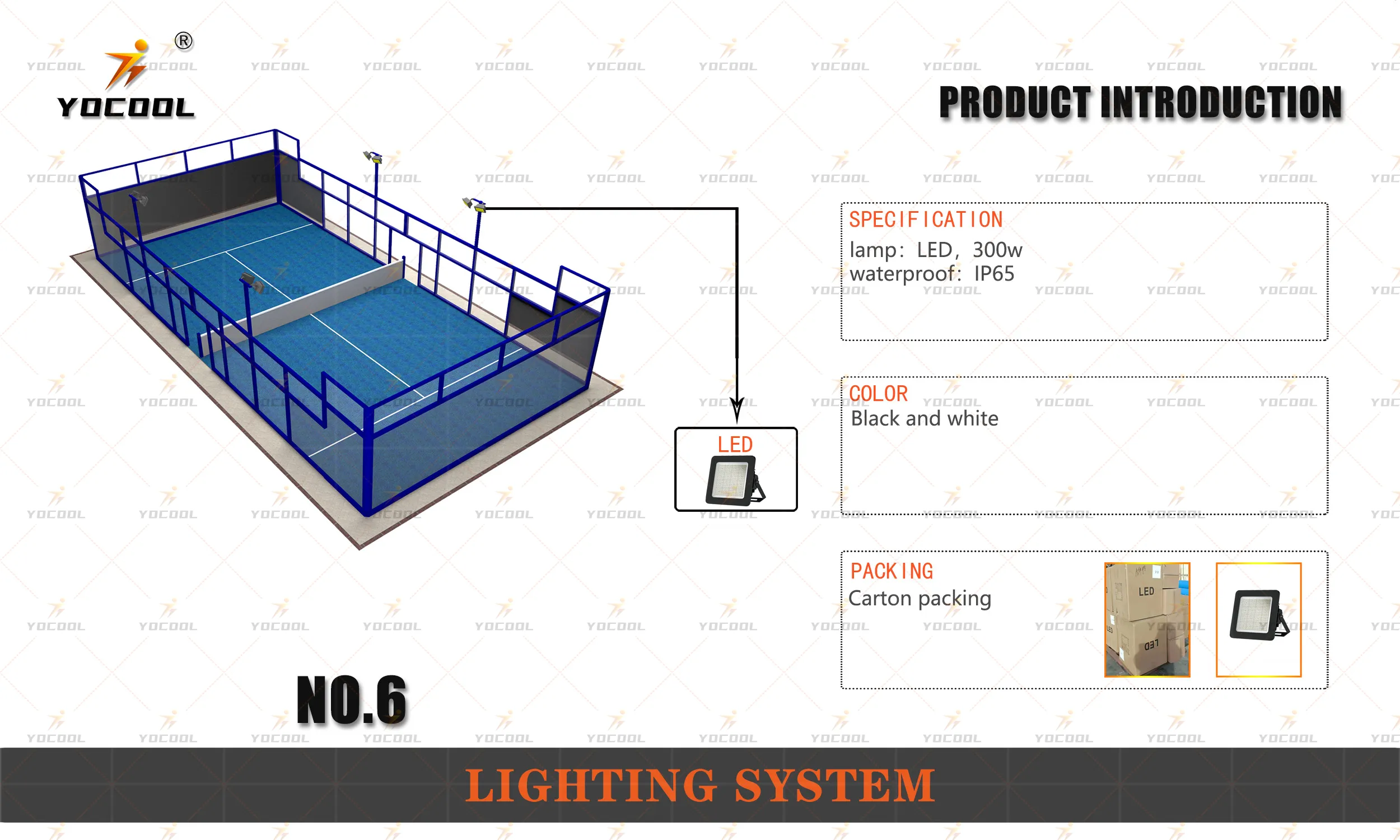

The Emergence of Paddle in Ping Pong Factories
The game of table tennis, commonly known as ping pong, has seen a significant evolution over the years. From the early days of makeshift equipment to the modern-day professional tournaments, the core component that defines the experience of this sport is the paddle. The paddle, or racket, is not just a simple piece of equipment; it is a finely-tuned instrument that has been the focal point of innovation in ping pong factories around the world.
Historical Context
The origins of ping pong are traced back to the late 19th century in England, where it was initially played as an after-dinner parlor game. Wooden paddles were fashioned from cigar boxes, and improvisations of balls were created from everyday items, like champagne corks. As the sport gained popularity and transitioned to a competitive arena in the early 20th century, the need for specialized manufacturing arose. This led to the establishment of dedicated ping pong factories that began to mass-produce paddles, revolutionizing the way the game was played.
The Anatomy of a Paddle
A standard ping pong paddle consists of a blade and rubber coverings. The blade is usually made from layers of wood, with some high-end paddles incorporating composite materials like carbon fiber to enhance performance. The rubber, which comes in various types and thicknesses, significantly affects the grip, spin, and speed of the ball. Manufacturers in ping pong factories meticulously design these components, optimizing them for different playing styles—be it defensive, offensive, or all-around.
Innovation in Production Techniques
With advancements in technology, ping pong factories have adopted innovative manufacturing techniques to enhance paddle quality. Computer Numerical Control (CNC) machining allows for precision cutting of the blades, ensuring uniformity and enhancing performance. Furthermore, the use of advanced adhesives ensures longevity and durability of the rubber bonding. The manufacturing process has also integrated quality testing at every stage, from selecting the right wood to applying the final varnish.

3D printing technology is also making waves in the industry, allowing for rapid prototyping of new paddle designs. This enables manufacturers to experiment with various shapes and materials, significantly speeding up the development cycle of new products.
Customization and Personalization
In the current market, personalized paddles have become a trend. Ping pong factories are increasingly offering customization options where players can select their preferred blade, rubber type, and even design their graphics. This shift towards customization is propelled by an understanding that every player has unique needs and preferences. Factories now have the capability to produce paddles that resonate with individual playing styles, thereby enhancing performance.
Sustainability in Ping Pong Manufacturing
As the world becomes more conscious of environmental issues, ping pong factories are also adopting sustainable practices. Many manufacturers are sourcing wood from responsibly managed forests, ensuring that their products do not contribute to deforestation. Recycling programs for old paddles are being initiated, and eco-friendly materials are being explored for rubber and adhesives. This shift toward sustainability not only appeals to the environmentally conscious consumer but also ensures the longevity of resources for future generations.
The Future of Ping Pong Paddle Manufacturing
Looking ahead, the future of paddle manufacturing in ping pong factories appears promising. With the integration of artificial intelligence and machine learning, factories can analyze player data and trends to develop innovative products that meet the demands of modern players. Enhanced materials, smart technology in paddles, and even data tracking could transform how players train and compete.
In conclusion, the role of paddles in ping pong cannot be overstated. They are much more than mere tools; they encapsulate technology, tradition, and individual expression. As ping pong factories continue to innovate and adapt to changing market dynamics, they will play an essential role in shaping the future of the sport. Whether for recreational play or competitive tournaments, the paddle remains at the heart of the ping pong experience, making it an exciting time for players and manufacturers alike.
Industrial Flooring Solutions for Factories & Racquetball Courts Safe & Durable
Premium Rubber Floor Mats Slip-Resistant, Durable & Easy Clean
Industrial Flooring Solutions for Outdoor Paddle Tennis Courts & Factories
Industrial Flooring Solutions Durable Padel Court Supplier & Installation
Rubber Composite Flooring Durable, Slip-Resistant Floor Mats
Premium PVC & Rubber Sports Flooring Shock Absorption, Slip Resistance